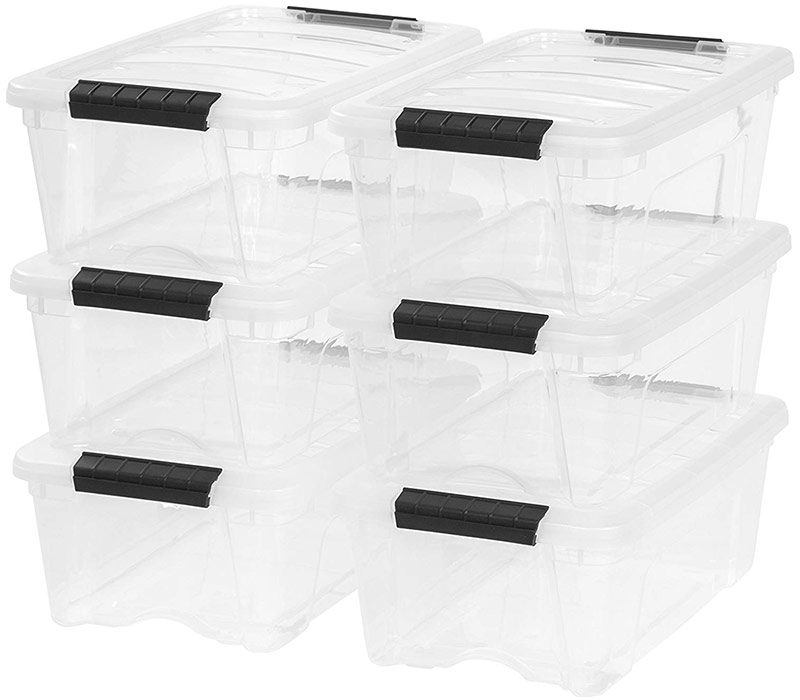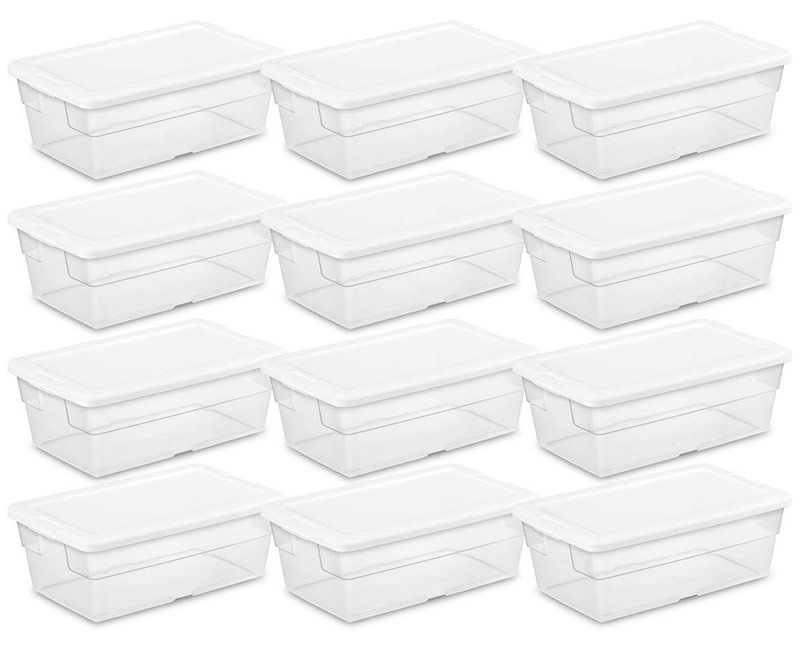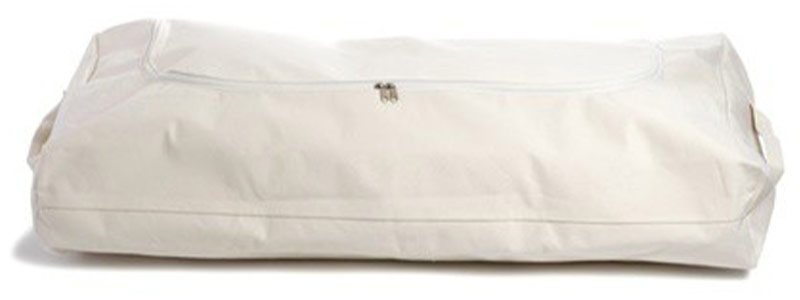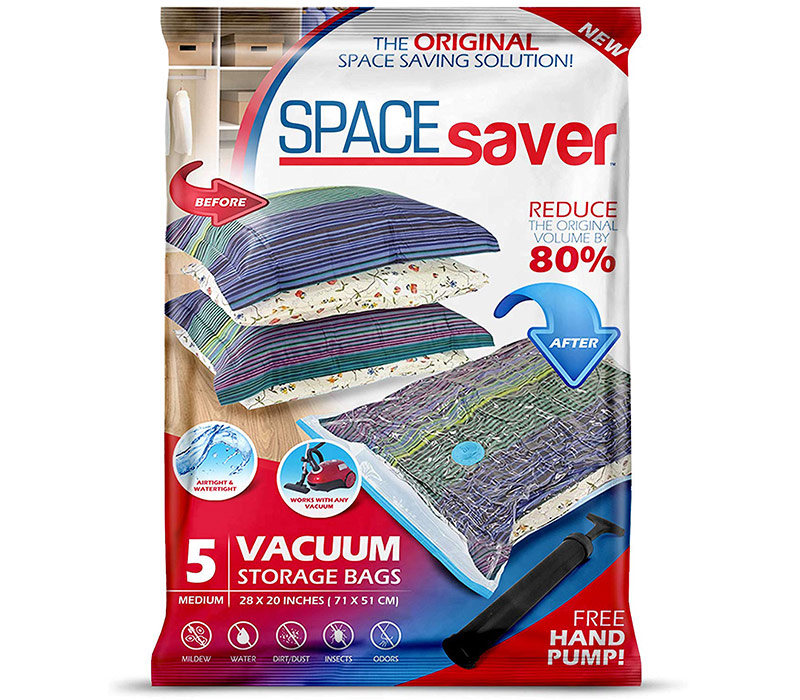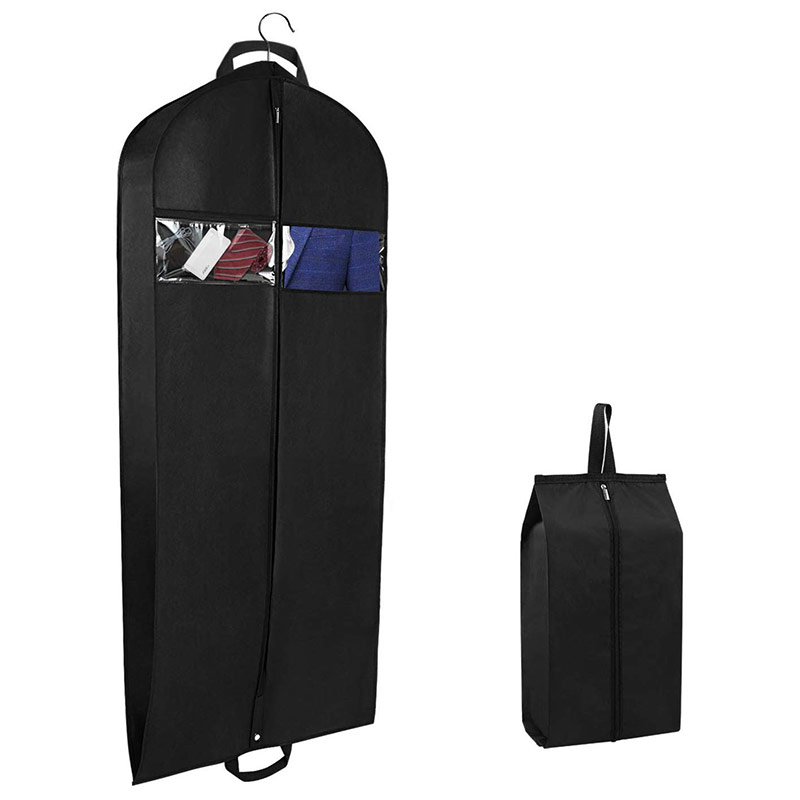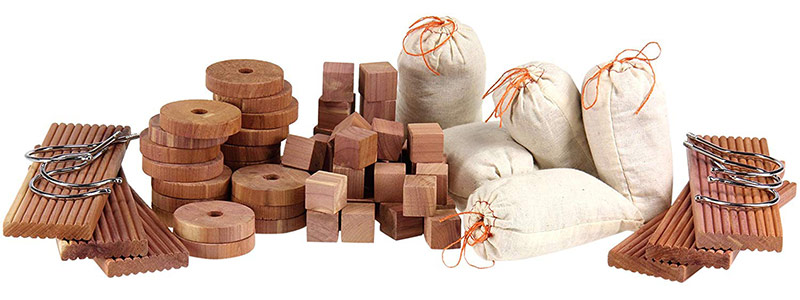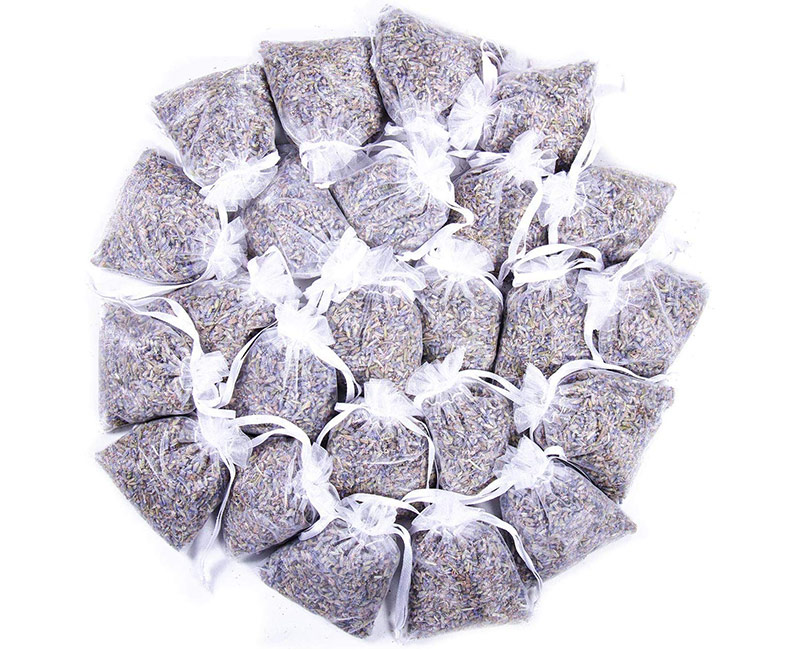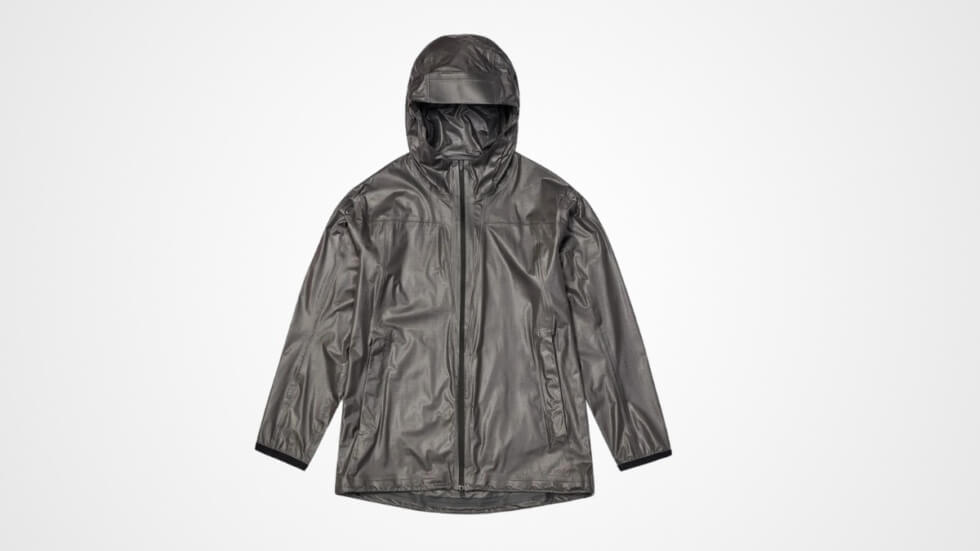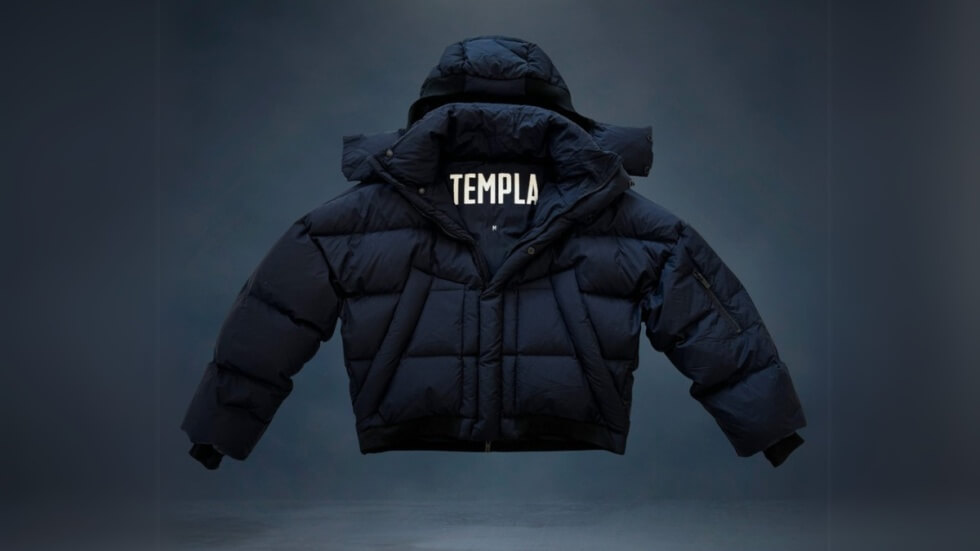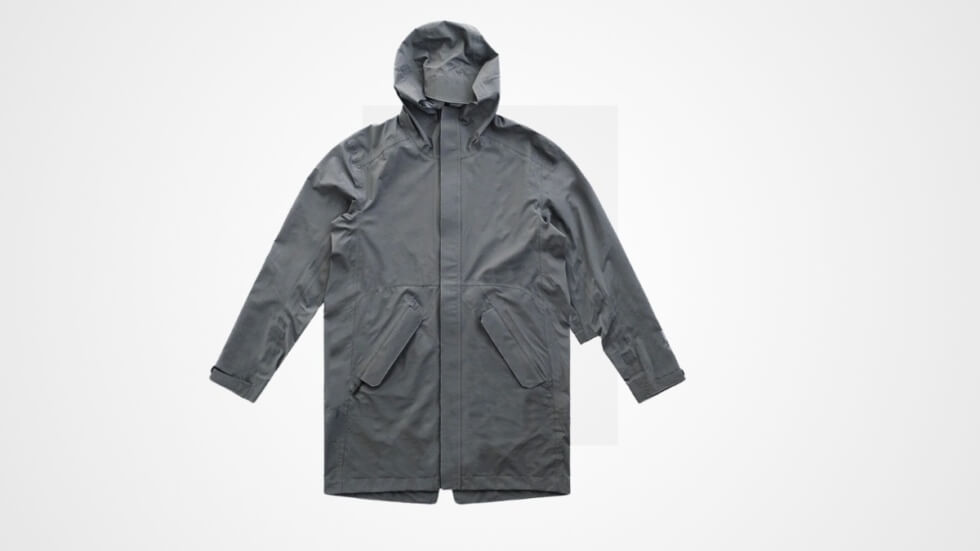Before winter and spring trade places, you might want to think about what to do with all of your cold-weather garments. Once the mercury goes through its seasonal growth spurt, you should keep in mind not only where your winter closet will live but how to store it. The process can be annoying at best, teeth-pulling at worst, but we’re here to make it easier.
Before you store, prep
Launder your clothes, dry clean your coats and delicate garments and clean and condition your winter boots. Before you get ahead of yourself, it’s imperative to do some pre-packing prep. If you don’t do the laundry legwork now, damage will happen later in the form of mildew, bugs and odors.
Repair your clothes. Next winter’s sudden arrival isn’t the moment you want to realize that your coat has a hole in it, or your winter boots need a resole. Do future you a favor and take care of that now.
Get rid of what you don’t need. Now is a great time to assess and scrutinize your closet. Edit your wardrobe down by either donating, giving away to friends and/or selling clothes you don’t use anymore. For clothes that are beyond repair, find a local fabric recycling center that will take your clean but damaged goods and properly upcycle or dispose of them.
Where to store your clothes
Store your clothes in a place that’s cool, dry and dark. Excessive heat and light can damage your clothes and light exposure can cause colors to fade, so, if you’re using a see-through container, you want to find a space that isn’t too hot or bright. Mildew can form if the space is too humid, so make sure the space is dry, too. If that’s not possible, you can try and regulate your container’s humidity using humidity packs.
This could be under the bed, tucked away in the closet, a commercial storage unit that’s humidity and temperature regulated. Though you can store your winter clothes in the attic, they can get pretty hot in the summer (depending on your location, of course).
What you need
Storage containers. Plastic storage containers are great for stacking, and for keeping pests and moisture out. They’re also see-through, which makes it easy to find your stuff come next winter. Wood and cardboard boxes are often coated with materials that contain chemicals that can eventually damage your clothes.
Good plastic containers will stack easily and snap shut. Discreet versions can also fit under the bed. Fabric storage containers are great for longer-term garments that need to breathe such as wool sweaters, though they aren’t as easy to stack.
12 Quart Stack & Pull Box by Iris $20
6 Quart/5.7 Liter Storage Box, White Lid with Clear Base (Pack of 12) by Sterilite $21
Canvas Under Bed Storage Bag by The Laundress $60
Vacuum storage bags. These vacuum-sealed bags cut down on the bulk of your favorite winter garments like down jackets and duvets. However, these aren’t ideal for garments with natural fibers like wool and cotton that need to be able to breathe.
Vacuum Storage Bags by Spacesaver $25
Fabric garment bags. These will keep your coats and suits fresh while keeping moths out.
Garment Bags by Univivi $14
Cedar and lavender. Cedar and lavender sachets and hangers offer protection from pests and keep your clothes smelling nice. Cedar shoe trees also absorb moisture and help shoes retain their shape.
CedarFresh Clothes Protector and Storage Accessories Value Pack by Household Essentials $13
Cedar Adjustable Shoe Tree by HoundsBay $20
Lavender Sachets by Lavande Sur Terre $16
Humidity packs. Keeping these stored with your winter clothes can help keep the humidity in a healthy zone, preventing mold.
2-Way Humidity Control by Boveda $14
Air Purifying Bag by Moso Natural $10
Acid-free tissue paper. Wrapping your delicate garments in acid-free tissue paper can help protect them from other clothes while also preventing creases from folding.
Acid Free Archival Tissue by The Linen Lady $19
How to store different garments
Outerwear
Long wool coats should be hung with cedar blocks and in garment bags. Folding your long coats and stuffing them into a box can lead to damage, causing it to wrinkle and leaving it exposed to moths. To keep its shape, hang your coat in a garment bag with some cedar or lavender sachets. The garment bag will allow the natural fibers of the coat to breathe and maintain a natural humidity while the cedar or lavender will prevent moths.
Use a vacuum-sealing bag for synthetic puffy coats. Vacuum-sealed plastic bags help save a ton of space on bulky garments like down jackets. And because most down jackets use synthetic fabric shells, they won’t be negatively affected by the non-breathable plastic.
Sweaters
Store your sweaters in plastic containers with cedar/lavender sachets. Plastic containers aren’t totally airtight and will allow your sweaters to breathe. Again, cedar and lavender to keep the critters from noshing on your knits. You’ll also want to store your winter-weight sweaters at the bottom of the containers with lighter clothes on top. This will help prevent your thinner clothes from creasing.
Shoes
Clean and condition your shoes and boots. Winter’s done its damage to your footwear and before you pack away your stompers, you need to clean ’em up, remove the salt stains and condition them.
Stuff them with shoe trees. Cedar shoe trees are the best way to maintain your shoes’ shape, remove moisture and reduce odors. Alternatively, at least stuff them with newspaper. For tall boots, make sure to use boot trees or stuff the newspaper all the way through the shaft of the boot.
Store them in cotton dust bags. Cotton dust bags prevent dust from accumulating on your shoes while still allowing them to breathe. They also help prevent critters from making your shoes a new home.
Accessories
Store them in a breathable container with dividers. Containers with dividers make it easy to pair the myriad of winter accessories like scarves, beanies, socks and gloves. And, as above, stash them in your container of choice with cedar and lavender.
“If you’re investing in your wardrobe, whether or not we’re talking about custom suits or even sports equipment and gear, you have to take care of it if you want it to last,” says Julie Ann Clauss (née Orsini), who’s stored some of the world’s most beautiful clothes as an archivist for Tom Ford. “That includes being diligent about cleaning and storing the right way.” Read the Story



